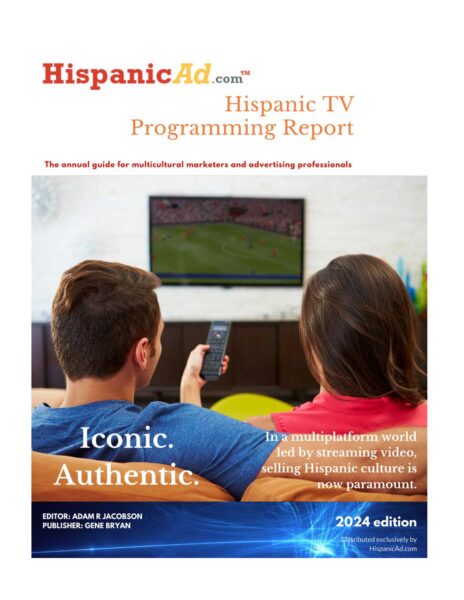The Evolution of the Digital World: Web 3.0, the Metaverse, and Cryptocurrencies Will Shape the Future of Marketing. African-Americans and Hispanics leading NFTs ownership.
July 26, 2022

Digital technologies are rapidly advancing, ushering us into a new era. The web transformed from an informative place into a social hub with e-commerce opportunities where products, services and details of our lives are shared, accommodating almost every lifestyle. With the support of robust technologies, a young Web 3.0 – the third generation of internet capabilities for websites and applications that promotes and enables more intelligent and connected spaces- is opening the doors towards new and immersive opportunities for consumers and businesses alike.
This new web era is defined by innovative technologies that challenge the unimaginable, including one of its fundamental concepts: the “metaverse.”
- The metaverse is a digital world in which users can “live”, through an avatar, in a virtual reality interacting with all the elements of this three-dimensional space.
- Users can do everything they do, from a single space and on another level. It aims to revolutionize the way we communicate and socialize to the way we work and shop.
- The impact of the metaverse is incredibly large that corporations are implementing it in their marketing plans.
From immersive experiences in the metaverse, in which users can participate in real-life environments, to the creation of Non-Fungible Tokens (NFTs), that offer a sense of exclusivity and individuality, to the use of cryptocurrencies as ways to surpass certain financial barriers, marketers also need to consider how to engage with all demographics. Older generations may have difficulties adjusting, while younger generations will likely navigate the web more organically and naturally and demand more connectivity from brands.
Avatars will not only interact in experiences buying goods online that are delivered to their homes, but they will also be able to purchase NFTs -like art, music, cars, clothes, and food,- placing them in real estate platforms they acquire online, virtual pieces of land called parcels. Everything that an avatar does in the Web 3.0’s metaverse is not the property of the company that has developed the platform, but of its own user. NFTs are digital assets (photo, video, and/or text) that contain a “digital certificate” hosted on the block network, and thus, granting digital “authorship” to the owner.
Some of the uses of NFTs that are already employed to elevate the consumer are:
- Musicians and sporting events have turned tickets into collectible NFTs
- Designer labels have sold NFTs of their clothing, shoes and other
- Some companies have utilized NFTs to raise funds to support the community organizations they value
Studies show that 21% of those who own NFTs are African-American, while 20% are Hispanic. This is a big difference when compared to Caucasians who fall significantly lower at 13%. When looking at which groups are most interested in owning NFTs, research remains consistent with 49% of African-American and 47% of Hispanic respondents expressing interest, compared to 30% of Caucasians.
“Marketing is changing, and businesses must look to non-traditional means to promote their goods while building brand loyalty. The world is undergoing a phygital evolution, and as new technologies create more personalized immersive experiences, businesses must be open to engaging consumers with consistent well-thought-out strategies connecting physical and digital spaces. It is not a secret that marketing professionals are now looking to these digital tools to better reach desired demographics,” said Renzo Ferro, VP of Account Services & Operations at Latin2Latin + Communications (L2L).
“The use of blockchains empower users to have their own digital identity and provides them more security, while enabling us marketers to use AI and machine learning. This is the perfect foundation for the creation of new products and economies, merging the physical with digital, conveying brand purpose with consumer’s aspirations, and allowing us to do more accurate behavioral advertising.” Said Augusto Romano, CEO of Digo Hispanic Media. “We know that African Americans, Hispanics and younger generations are handling this new technological era with ease. This doesn’t mean that business owners who don’t fall under these categories should despair. They should, however, look to consultative marketing and digital firms that are evolving with the times and can offer solutions and strategies that will work within this new digital time”.
To reap full benefits from all that Web 3.0 will offer, businesses should be prepared to include these new technological tendencies in any strategic marketing plan they devise. These digital enhancements provide opportunities for companies to reach younger audiences and build stronger communities of those interested in their goods, tangible or not. While completion and in-depth understanding of what Web 3.0 can bring may still lie ahead in the future, companies should begin examining the opportunities it brings and how these may benefit their businesses.
Under a new partnership, Latin2Latin Marketing + Communications and Digo the U.S. Hispanic Premium Audience Network, Hispanic Media have begun to explore how they can best serve their clients by utilizing everything this new world has to offer. Together, they are boosting L2L’s outreach through proprietary first-party data and Artificial Intelligence provided by DIGODigo.
For more information on how marketing is using new technologies CLICK HERE.































